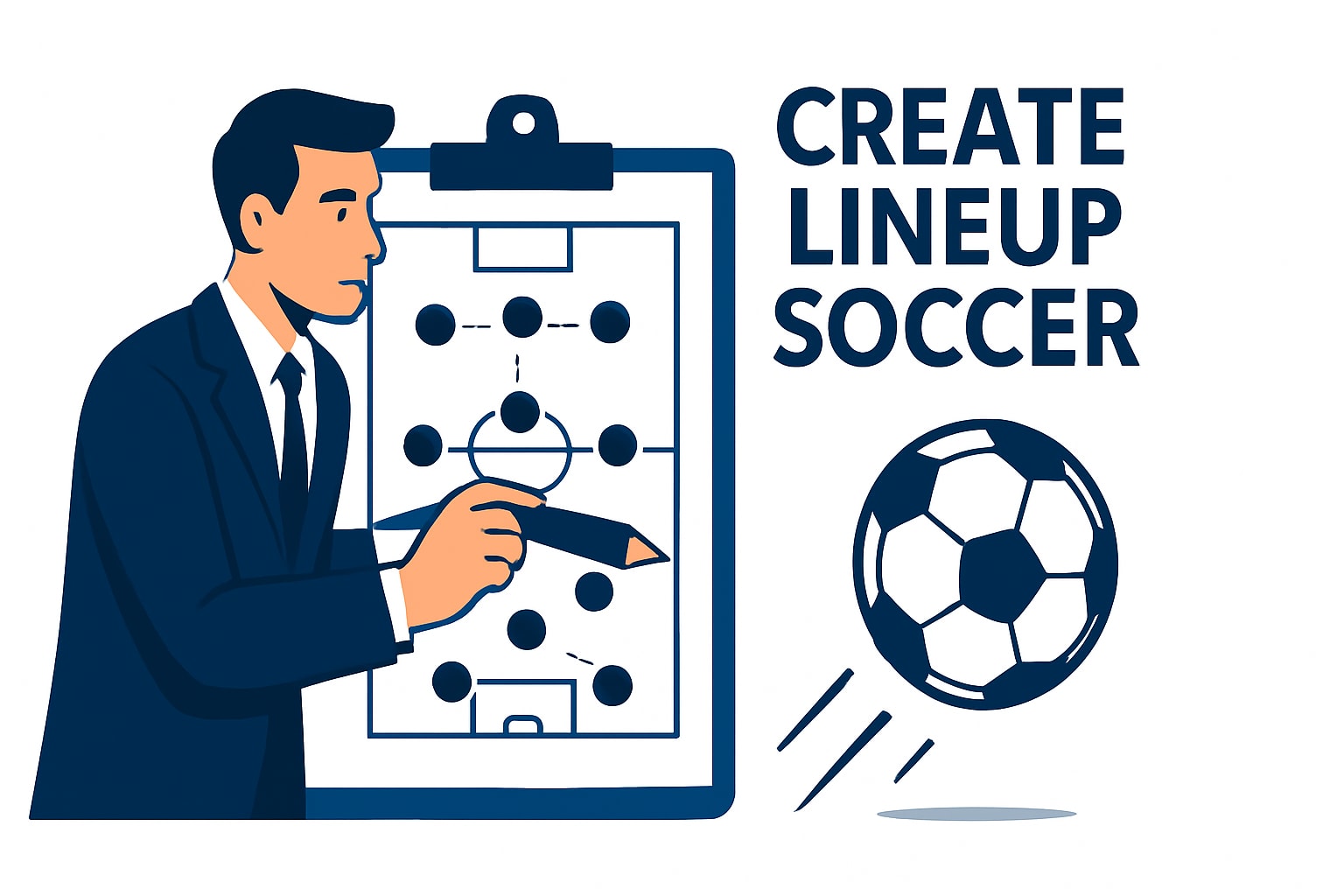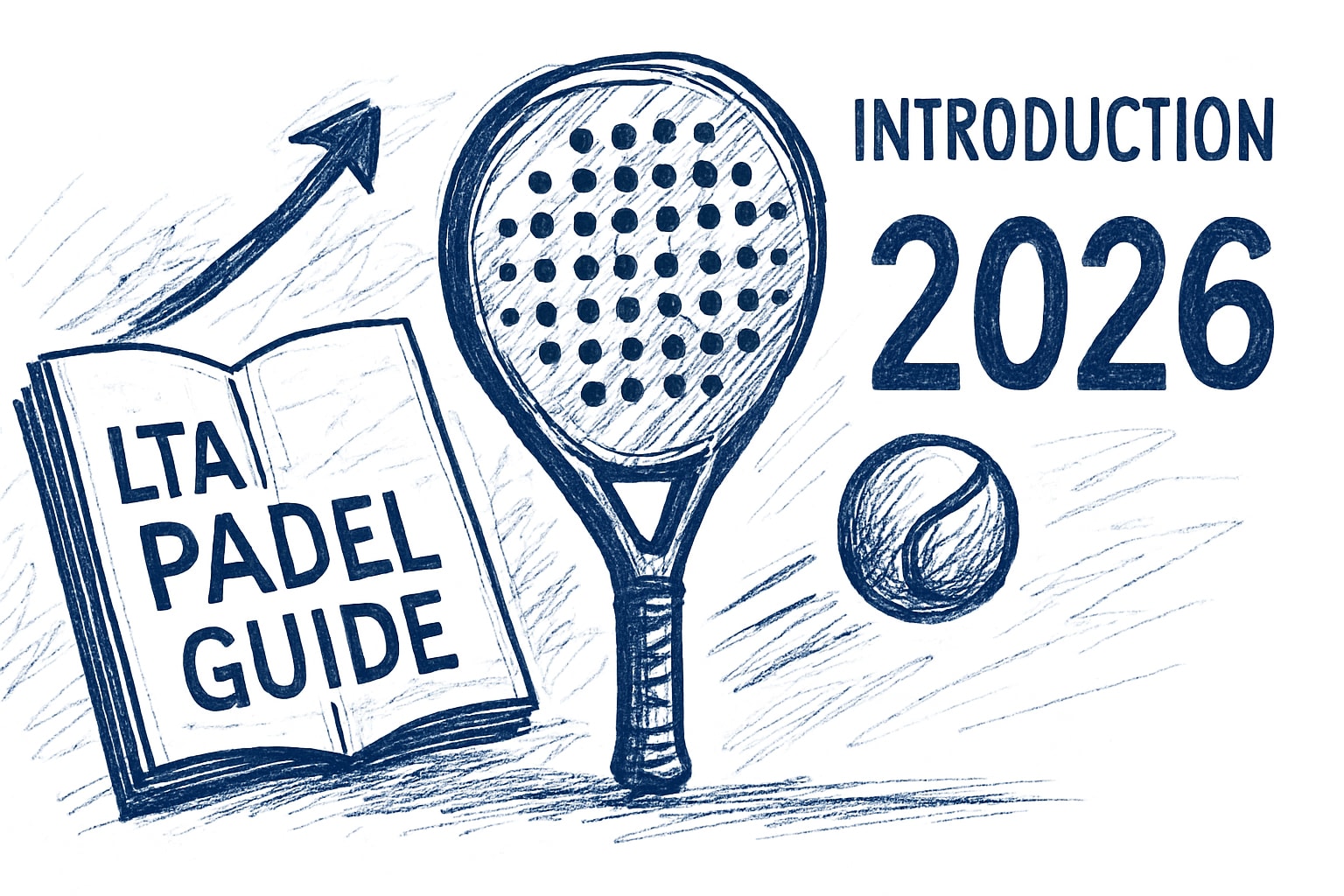Download Poteau
Striker Position in Soccer: Leading the Attack
The striker position in soccer is one of the most crucial and high-pressure roles on the field. Whether you're searching for a game of pick up soccer near me or watching players in positions like the Central Midfielder Position or the Wingback Position, strikers are responsible for scoring goals, creating attacking opportunities, and leading the offensive line. Their ability to finish chances, position themselves effectively, and read the game makes them a vital asset to any team. From legendary goal-scorers to modern tactical forwards, strikers play a decisive role in the outcome of matches.
The Role of a Striker in Soccer
A striker's primary job is to score goals, but their responsibilities go beyond just finishing plays. They must position themselves in dangerous areas, anticipate defensive movements, and exploit spaces left by opponents. Strikers are also expected to hold up play, allowing midfielders and wingers to join the attack. Additionally, some strikers contribute to defensive pressing by putting pressure on opposing defenders to force turnovers. The modern game has evolved to include different types of strikers, each with distinct playing styles suited to their team’s tactical setup.
Different Types of Strikers
There are several types of strikers, each bringing a unique skill set to the game. A poacher thrives on scoring from close-range opportunities, relying on instinct and positioning. A target man uses physicality and aerial ability to hold up the ball and link play. A false nine drops deep to create space for midfielders and wingers, confusing defenders. Each type of striker requires a specific set of technical and tactical skills to be effective on the field.
Key Skills Required for a Striker
To succeed as a striker, players must master various technical, tactical, and physical attributes. Finishing ability is the most important skill, as strikers must convert chances into goals with accuracy and composure. Movement off the ball is another critical aspect, allowing them to escape defenders and find space in the penalty area. Strikers must also possess strong ball control and dribbling skills to navigate through tight defensive lines.
Psychological and Tactical Awareness
In addition to technical skills, strikers must have a high level of tactical intelligence and mental resilience. They need to anticipate defensive movements and adjust their positioning accordingly. Confidence is also key, as strikers face immense pressure to deliver goals in crucial moments. Many great forwards have the ability to stay composed under pressure and remain focused even after missing a scoring opportunity.
How Strikers Fit into Different Formations
Strikers play different roles depending on the formation and tactical setup of their team.
4-4-2 Formation: This system typically features two strikers working together. One often serves as a target man, using strength and aerial ability to hold up play and link with midfielders, while the other plays as a poacher, focusing on finishing chances inside the penalty area.
4-3-3 Formation: In this setup, a lone striker is supported by two wingers who provide width and deliver crosses into the box. The striker must be versatile, capable of both holding up the ball and making quick runs behind the defense to capitalize on through balls.
4-2-3-1 Formation: A single striker leads the attack, supported by attacking midfielders who create goal-scoring opportunities. This role requires strong positioning, link-up play, and the ability to finish from various angles. The striker often plays with their back to goal, waiting for support from midfield runners.
The role of a striker can vary significantly based on the team's approach, emphasizing different attributes such as speed, strength, or technical ability. Some teams prefer a quick, mobile forward who can exploit defensive gaps, while others rely on a powerful, physical striker to dominate aerial duels and hold up play.
The Evolution of the Striker Position
Over the years, the striker position has evolved significantly. Traditional number nines, who mainly focused on goal-scoring, have been replaced in some teams by more versatile forwards. Modern strikers are expected to contribute to build-up play, press defenders, and create space for teammates. Players like Lionel Messi, Cristiano Ronaldo, and Robert Lewandowski exemplify the evolution of the striker role, combining technical brilliance with tactical intelligence.
Legendary Strikers in Soccer History
Throughout soccer history, several strikers have left a lasting impact on the game. Pelé, with his incredible goal-scoring record and versatility, is regarded as one of the greatest strikers ever. Diego Maradona combined creativity and finishing ability to dominate defenses. In more recent years, Thierry Henry, Ronaldo Nazário, and Zlatan Ibrahimović have showcased different styles of striking, from clinical finishing to powerful solo runs.
The Influence of Strikers in Big Matches
Strikers often define the outcome of major tournaments and finals. Players like Mario Götze, who scored the winning goal in the 2014 World Cup Final, or Didier Drogba, who led Chelsea to Champions League glory, highlight the importance of a striker’s role in critical moments. Their ability to perform under pressure and make decisive contributions cements their legacy in soccer history.
The striker position in soccer is one of the most dynamic and influential roles on the field. Strikers are responsible for leading the attack, scoring goals, and creating opportunities for their teammates. Their success depends on a combination of technical ability, tactical awareness, and mental strength. As soccer continues to evolve, so does the role of the striker, adapting to new tactical systems and demands. Whether playing as a traditional goal-scorer or a modern all-around forward, strikers remain the focal point of a team’s attacking strategy.





